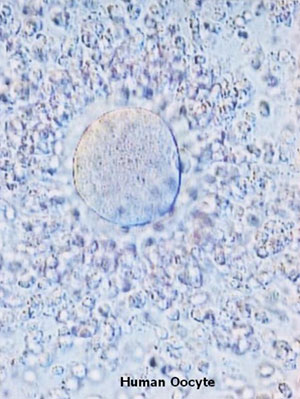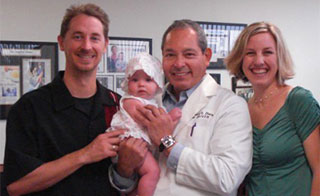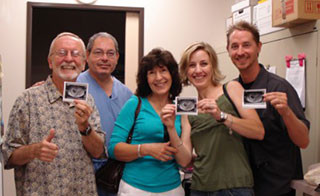Minimize Surplus Embryos
Women who are undergoing IVF will often have more eggs than they will possibly use during their IVF cycle. If all the eggs are inseminated with sperm, this may lead to surplus embryos which will need to be frozen and eventually discarded. An alternative choice is to inseminate a limited number of freshly collected eggs and create a few embryos. All extra eggs can be frozen in the unfertilized state.
More patients are favoring egg freezing during their in-vitro fertilization IVF cycle to avoid some of the ethical dilemmas surrounding frozen surplus embryos. Women can choose to freeze surplus eggs instead of embryos for religious and ethical reasons. An embryo is the earliest stage of development where the sperm has already fertilized the egg. Unlike an embryo, the egg is a single unfertilized cell that is that would be simpler to discard when no longer needed.
The picture shows a magnified laboratory image of a mature egg (oocyte) surrounded by supporting cells.

Freezing Surplus Eggs After IVF
After undergoing IVF, Stephanie and Rob chose to freeze their surplus eggs instead of embryos. As needed later, the eggs were thawed and fertilized to create embryos that are then transferred to the uterus for a pregnancy attempt.


What happens to extra embryos after IVF?
Read this article on CNN Health about personal stories and options for unused embryos.





